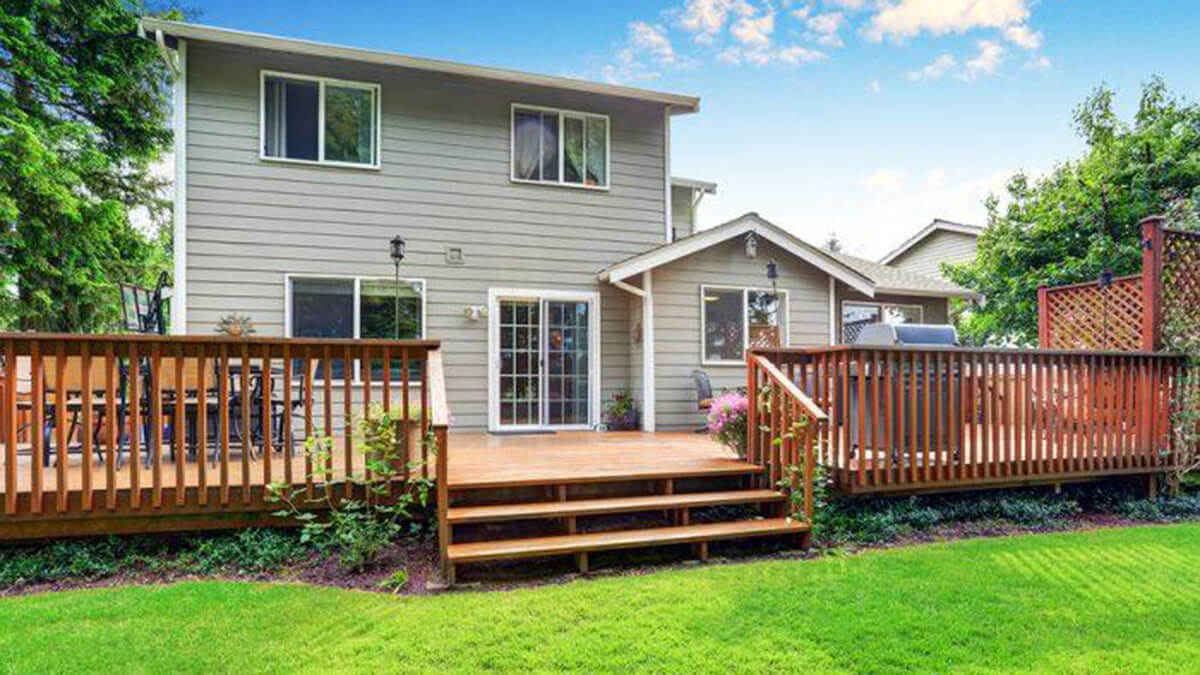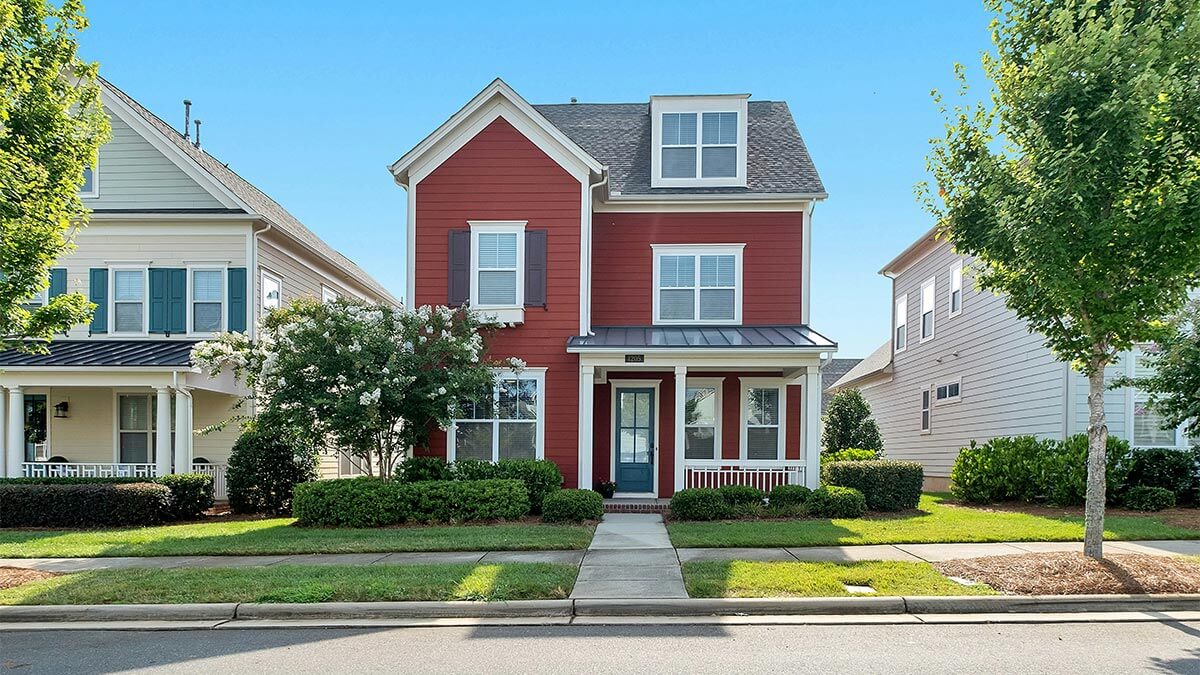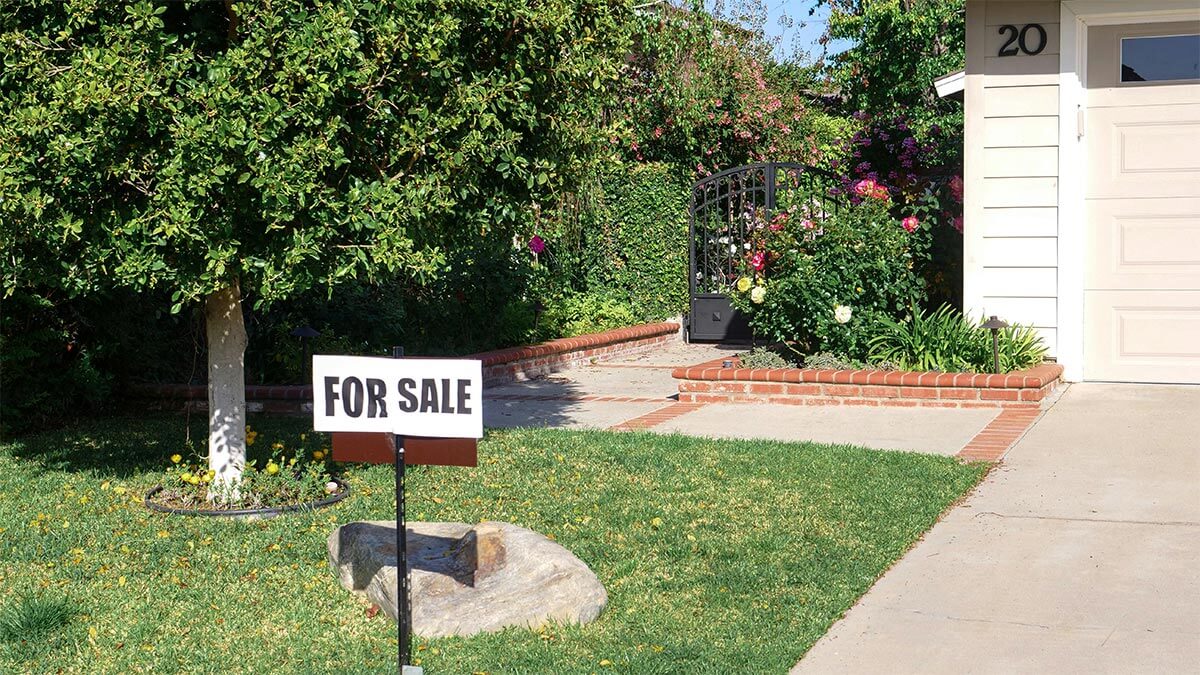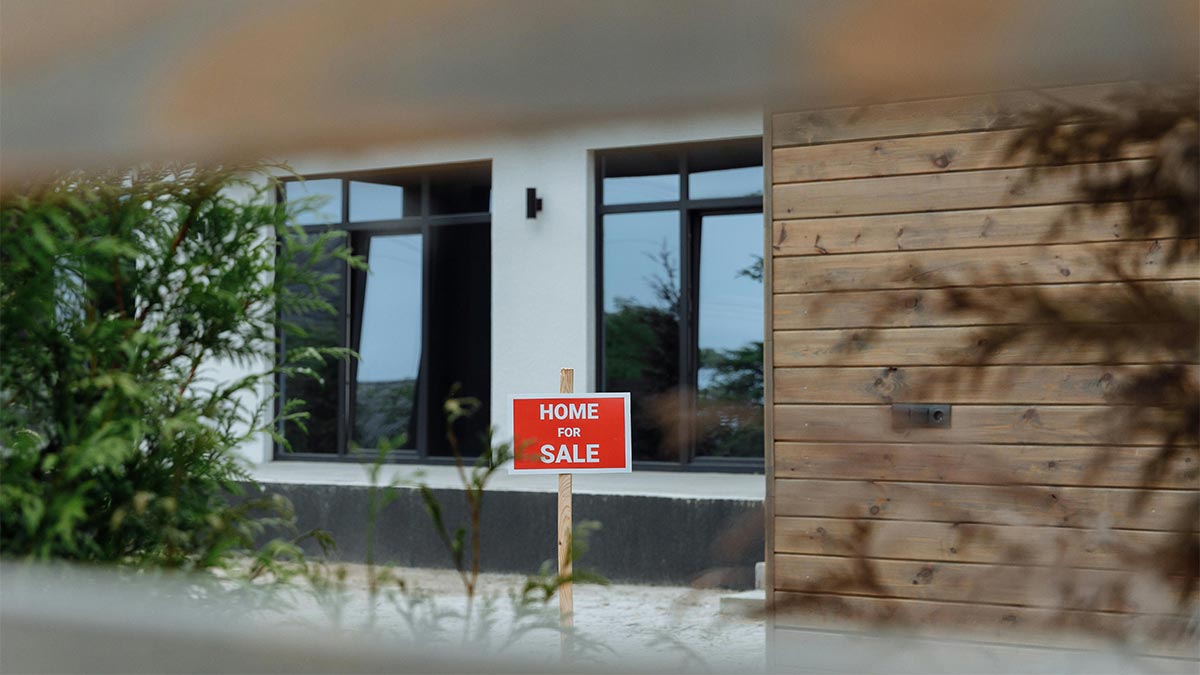When beginning the process of selling a home, certain steps can be taken to increase your home’s value. One of the simplest ways is to install an outdoor deck. Not only will this enhance your home’s appeal by providing a more comfortable outside area, but it can offer a significant return on investment.
In this article, we’ll discuss the benefits, costs, and potential risks of installing a deck. If you’re ready to sell your home, iBuyer.com can make the process quick and hassle-free. We provide all-cash offers for as-is homes, so you don’t have to worry about costly repairs or upgrades.
Table of contents
Compare Cash Offers from Top Home Buyers. Delivered by Your Local iBuyer Certified Specialist.
One Expert, Multiple Offers, No Obligation.
Benefits of Installing a Deck
Even if you’re looking to stay right where you are and continue enjoying your home, uninterested in selling, installing a deck can be a valuable investment. It can provide a sense of atmosphere and community when used for friendly get-togethers and family events, or a sense of privacy and solitude for personal quiet time outdoors. Either way, it in some regards serves to extend the square footage of the home by creating a comfortable space for activity where there wasn’t one before.
As previously mentioned, installing a deck is one of the most cost effective means of increasing the value of a property prior to putting it on the market, at a 76% return of investment.
The cost of composite decking varies between $20 and $38 per square foot, and the typical installation of a 12′ x 24′ composite deck with railings falls within the range of $5,800 to $10,900 for most homeowners. On the other hand, a pressure-treated wood deck ranges from $15 to $25 per square foot, while a cedar wood deck starts at $30 per square foot.
A percentage drop of 6.5% might appear to seal the deal of which deck is the better option financially, but these numbers only represent upfront costs. For example, a wooden deck requires significantly more upkeep than a composite one, including requiring re-staining every two to three years as recommended.
The average cost to power wash, stain, and seal a deck is $1.57 to $4.04 per square foot. A 12×12 deck costs $226 to $582 to stain when paying someone, or $59 to $176 to stain it yourself. A gallon of stain costs $20 to $50, which covers 200 to 300 square feet.
Home Investments and Risk Assessment
Taking a step back from the nuances of wooden decks versus composite, it’s important to acknowledge such figures might initially come across as less than ideal investments regardless of the type. To put these expenses into context, out of the twenty-two home improvement projects assessed by Remodeling in the aforementioned report, the average recuperated cost was 68.6%.
While the figures may not wholly represent the total amount spent, as they don’t include upkeep, they nonetheless illustrate the nature of home additions in general from a fiscal perspective. Plainly put, costs aren’t often recuperated at a rate of 100%.
That being said, the figures presented were from 2019 specifically. In other years, namely 2016 and 2018, the average recuperated costs as determined by Remodeling were 106% and 80% respectively. With the top most cost effective home improvements averaging less than a 70% return on investment, the addition of a deck is appealing as it has the potential to actually exceed the amount spent depending on timing.
Many would argue home additions inherently have a degree of gamble to them. The housing market ebbs and flows; certain expenses may inflate; unexpected upkeep may prove costly. However, with research, planning, and flexibility, they can provide a great return on investment.
This in mind, deck installation continues to be one of the top most valuable home additions in terms of increased market value, despite recuperated costs waxing and waning over the years.
Adding a Deck Increases Curb Appeal
Aside from the expenses involved, adding a deck to your home may increase curb appeal and reduce the amount of time taken to make the sale. According to the 2019 Home Buyers and Sellers Generational Trends Report by the National Association of REALTORS® Research Group, breakdown of buyers by generation shows Millennials leading the pack at 37% of the market. Decks can be appealing to potential buyers of any age, however Millennials in particular appear to be interested in acquiring a property featuring this desirable addition. By appealing to the largest share of the housing market, a seller’s chances of receiving a high return on investment gain momentum.
Factors To Consider Before Installation
Another aspect to consider regarding deck installation is the home’s geographic location. Overall, locations with more favorable weather conditions tend to benefit the greatest from this home addition. Houses in states such as California, Florida, and Hawaii have the highest demand for outdoor decks, in part due to their warm weather.
That doesn’t mean if your property isn’t located in one of those states that it won’t be a worthwhile expenditure, it just means climate is a factor worth considering. Although, smaller scale additions to a deck in cold weather locations, such as a fire pit, may make all the difference for potential buyers. Such additions serve as reminders that an outdoor deck can be enjoyed year round, and not just in the spring or summer.
As previously touched on, timing plays a role in recuperating costs. For those looking to sell immediately, a wooden deck is the most cost effective choice as it costs less up front than a composite one. Costs would begin to increase, however, if the home weren’t put on the market quickly and upkeep expenses began to accrue. For those looking to sell six or more months after installation, a composite deck is the better choice.
Composite may be more expensive upfront but is more cost effective long-term due to not needing the same degree of upkeep as a wooden one. For those living in particularly cold and snowy locations such as North Dakota, Maine, or Minnesota, regardless of timing, a composite deck is the preferred choice as even the sturdiest wooden decks will wear quickly beneath regular and heavy snowfalls.
Different Types Decks
There are a number of different styles or types of decks, including a detached or island deck, multi-level, swimming, attached, wraparound, and side-yard. Which to choose depends on personal preferences as well as the size and scale of the home and yard in question. The styles which best suit larger properties are detached or island, multi-level, and swimming decks; the styles which best suit smaller properties are attached, wraparound, and side-yard decks.
Here’s a shortlist of the different types:
- detached or island
- multi-level
- swimming
- attached
- wraparound
- side-yard
Not Selling? Benefits of Adding a Deck to Your Home
For those not looking to sell their property and instead install this home addition for their own use and benefit, National Association of REALTORS® Research Group created a quantification referred to as the Joy Factor.
Based on a questionnaire, the Joy Factor seeks to measure how much personal joy or contentment is gained by homeowners through the addition of a specific home improvement. The scale is from 1 to 10, with 1 being the lowest and 10 being the highest. In 2016, the Joy Factor of a deck was 9.6; in 2018, the Joy Factor was 9.7.
Beyond the realm of selling, there are a number of reasons why a homeowner may choose to install this outdoor home addition. The number one reason identified by the National Association of REALTORS® Research Group study from 2018 was adding features and improving livability at 48% of responding participants indicating as such. The second most common reason, at 37%, was to upgrade worn-out surfaces, finishes, and materials.
Potential Limitations
Lastly, prior to making the decision on whether or not installing a deck is the right choice for a property, local codes and homeowners association specifications are worth looking into. Local codes typically have size, safety, and/or structural requirements which are particularly important for those looking to build a deck themselves and/or without professional assistance.
Furthermore, some homeowners associations may have guidelines in place to moderate specific materials, finishes, and/or features. Both are worth checking out to make sure a future deck is both safe and code compliant.
In short, the decision on whether or not to install a deck involves the consideration of many factors. From the potential up front costs and upkeep costs, to the various types of materials and styles, to the feasibility of building certain types of decks in certain geographical locations, the decision may not be the most straightforward one.
However, for those interested in undertaking a largely secure and predictable means of increasing the market value of a property, deck installation is a reliable and well-founded option. Even for those not looking to sell, the addition of this home improvement has demonstrated widespread appeal. Whether improving livability or upgrading the backyard, such an endeavor most frequently proves beneficial, worthwhile, and downright enjoyable.
If you’re interested in increasing your home’s value but aren’t sure what its current value is, or are currently looking to sell, be sure to check out this Home Value Estimator for an estimation and no-obligation cash offer.
Instant Valuation, Confidential Deals with a Certified iBuyer.com Specialist.
Sell Smart, Sell Fast, Get Sold. No Obligations.
Reilly Dzurick is a seasoned real estate agent at Get Land Florida, bringing over six years of industry experience to the vibrant Vero Beach market. She is known for her deep understanding of local real estate trends and her dedication to helping clients find their dream properties. Reilly’s journey in real estate is complemented by her academic background in Public Relations, Advertising, and Applied Communication from the University of North Florida.




